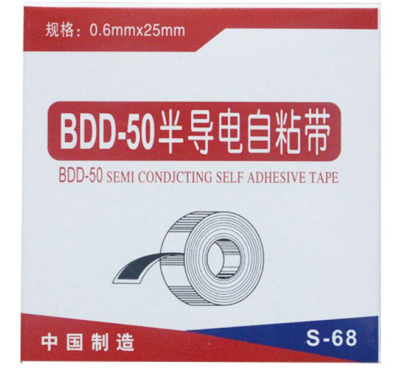Fireproof Tape for Drywall A Comprehensive Guide
When it comes to constructing or renovating a building, safety is paramount. Among the many materials and tools that ensure safety, fireproof tape has emerged as a crucial element, particularly in drywall applications. In this article, we’ll explore what fireproof tape is, its benefits, and how to effectively use it in drywall projects.
What is Fireproof Tape?
Fireproof tape, often referred to as fire-resistant or fire-retardant tape, is a specialized adhesive tape designed to withstand high temperatures and prevent the spread of fire. It is typically made from materials such as fiberglass, silicone, or other advanced composites that exhibit excellent heat-resistant properties. This type of tape is commonly used in various applications, including electrical insulation, HVAC systems, and particularly in wall and ceiling systems.
Benefits of Using Fireproof Tape for Drywall
1. Fire Safety The most critical advantage of fireproof tape is its ability to enhance the fire resistance of drywall. In case of a fire, this tape can prevent flames from spreading through small gaps and joints in drywall installations, providing additional time for occupants to evacuate safely.
2. Durability and Longevity Fireproof tape is designed to endure high temperatures without degrading. Compared to regular tape, it stands the test of time, maintaining its adhesive properties and integrity even under extreme conditions.
3. Easy Application Fireproof tape is generally easy to apply. Its adhesive backing allows for straightforward installation on different types of surfaces. Whether you are a professional contractor or a DIY enthusiast, you can quickly integrate fireproof tape into any drywall project.
4. Sealing Gaps and Joints In drywall installations, there are often numerous gaps and seams that can become conduits for smoke and flames. Fireproof tape can effectively seal these gaps, minimizing potential risks associated with fire hazards.
5. Compliance with Building Codes Many building codes require fire-resistant materials in specific applications. Using fireproof tape for drywall helps ensure that your project meets these regulatory standards, potentially saving you from legal issues and enhancing the overall safety of your building.
fireproof tape for drywall

Application of Fireproof Tape in Drywall Projects
To utilize fireproof tape in your drywall installation effectively, follow these steps
1. Preparation Before applying the fireproof tape, ensure that the surface is clean and dry. Removing dust, grease, or any other contaminants will help the tape adhere properly.
2. Measure and Cut Measure the length of tape required for the specific area. Cut the tape with scissors to the desired length, ensuring that you have enough to cover any gaps or joints.
3. Application Begin applying the tape to the designated area. Firmly press the tape onto the surface, ensuring that it adheres well. For a more secure hold, you can use a roller or a flat tool to press down on the tape.
4. Overlap Joints When taping joints, overlap the tape edges slightly to ensure a continuous barrier against fire. This overlap enhances the tape's effectiveness in preventing fire and smoke from penetrating through.
5. Inspect After applying the tape, thoroughly inspect your work. Check for any areas where the tape may not be securely adhered or where gaps remain. Touch up these areas as necessary to ensure full coverage.
Conclusion
Incorporating fireproof tape into drywall installations is more than just a precaution; it is a necessary step in promoting fire safety. With its ability to resist high temperatures, its durability, and the ease of application, fireproof tape is an essential tool for anyone involved in construction or renovation projects. By choosing the right fireproof tape and applying it correctly, you not only enhance the fire resistance of your drywall but also contribute to the overall safety of your building. As you embark on your next project, consider the importance of fireproof tape and take the necessary steps to protect lives and property.
-
XIANGFAN Rubber Tape-Ultimate Solutions for All Your Insulation NeedsNewsJun.24,2025
-
XIANGFAN Rubber Tape-Protection for Industrial and Residential ApplicationsNewsJun.24,2025
-
XIANGFAN Rubber Tape: Superior Safety and Sealing for Demanding EnvironmentsNewsJun.24,2025
-
XIANGFAN Rubber Tape: Reliable Solutions for Every Electrical ChallengeNewsJun.24,2025
-
XIANGFAN Electrical & Industrial Tape: Powering Reliability Across IndustriesNewsJun.24,2025
-
XIANGFAN Electrical & Industrial Tape: Excellence in Every ApplicationNewsJun.24,2025
